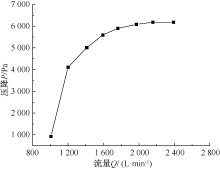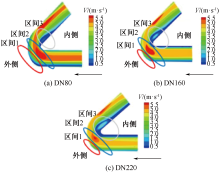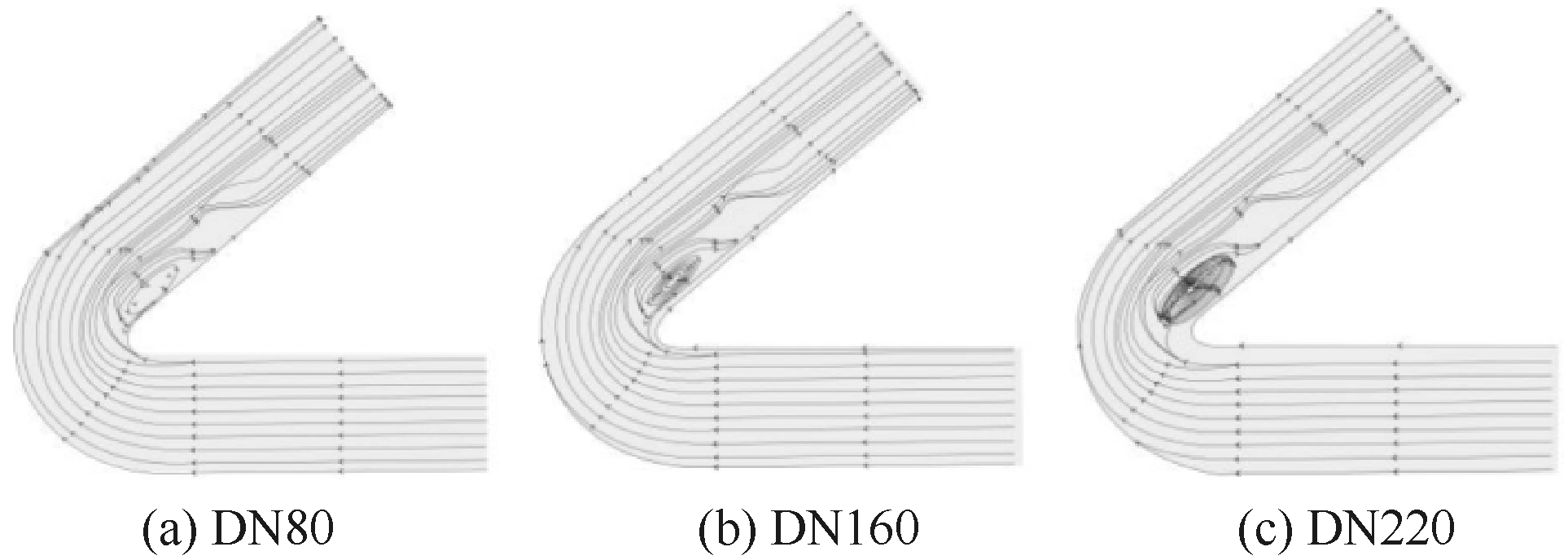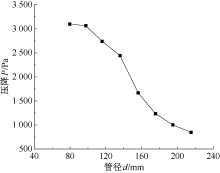| [1] |
沈旭钊. 压缩空气泡沫灭火技术应用[J]. 新型工业化, 2021, 11(12):109-111.
|
| [2] |
DESHPANDE N, BARIGOU M. The flow of gas-liquid foams in vertical pipes[J]. Chemical Engineering Science, 2000, 55: 4297-4309.
|
| [3] |
陆强, 包志明, 陈涛, 等. A类泡沫灭火剂灭火性能试验研究[J]. 消防科学与技术, 2013, 32(2):177-179.
|
|
LU Qiang, BAO Zhiming, CHEN Tao, et al. Experimental study on the performance of class A foam in extinguishing class A fires[J]. Fire Science and Technology, 2013, 32(2):177-179.
|
| [4] |
林全生, 张猛, 宋波, 等. 压缩空气A类泡沫在水平管道内流动研究[J]. 消防科学与技术, 2017, 36(9):1265-1268.
|
|
LIN Quansheng, ZHANG Meng, SONG Bo, et al. Research on compressed air foam of class A flow in horizontal pipe by Fluent[J]. Fire Science and Technology, 2017, 36(9):1265-1268.
|
| [5] |
王勇凯, 高红, 宋波, 等. 压缩空气A类泡沫水平管路压降实验及数值模拟[J]. 化工学报, 2018, 69(10):4184-4193.
doi: 10.11949/j.issn.0438-1157.20180226
|
|
WANG Yongkai, GAO Hong, SONG Bo, et al. Experimental study and numerical simulation of laminar flow of compressed air class a foam in horizontal pipe[J]. CIESC Journal, 2018, 69(10):4184-4193.
|
| [6] |
王涛, 鲁义, 施式亮, 等. 漏风裂隙内无机固化泡沫浆液扩散特性研究[J]. 中国安全科学学报, 2019, 29(10):24-30.
doi: 10.16265/j.cnki.issn1003-3033.2019.10.005
|
|
WANG Tao, LU Yi, SHI Shiliang, et al. Research on diffusion properties of inorganic solidified foam slurry in air leakage fracture[J]. China Safety Science Journal, 2019, 29(10):24-30.
doi: 10.16265/j.cnki.issn1003-3033.2019.10.005
|
| [7] |
BAGHERNEJAD Y, HAJIDAVALLOO E, ZADEH S. Effect of pipe rotation on flow pattern and pressure drop of horizontal two-phase flow[J]. International Journal of Multiphase Flow, 2019, 111: 101-111.
|
| [8] |
何灵欣, 张佳庆, 刘睿, 等. 特高压换流站消防机器人长距离输送压缩空气泡沫有效性研究[J]. 中国安全生产科学技术, 2024, 20(8):150-157.
|
|
HE Lingxin, ZHANG Jiaqing, LIU Rui, et al. Study on effectiveness of long-distance compressed air foam delivery by firefighting robots at ultra-high voltage converter stations[J]. Journal of Safety Science and Technology, 2024, 20(8):150-157.
|
| [9] |
张淑佳, 李贤华, 朱保林, 等. k-ε涡粘湍流模型用于离心泵数值模拟的适用性[J]. 机械工程学报, 2009, 45(4):238-242.
|
|
ZHANG Shujia, LI Xianhua, ZHU Baolin, et al. Applicability of k-ε eddy viscosity turbulence models on numerical simulation of centrifugal pump[J]. Journal of Mechanical Engineering, 2009, 45(4):238-242.
|
| [10] |
余健翔, 刘剑, 王观石, 等. 修正Realizable k-ε模型在高压淹没水射流中的应用[J]. 科学技术与工程, 2021, 21(12):5024-5030.
|
|
YU Jianxiang, LIU Jian, WANG Guanshi, et al. Correction of Realizable k-ε model for high pressure submerged water jets[J]. Science Technology and Engineering, 2021, 21(12):5024-5030.
|























